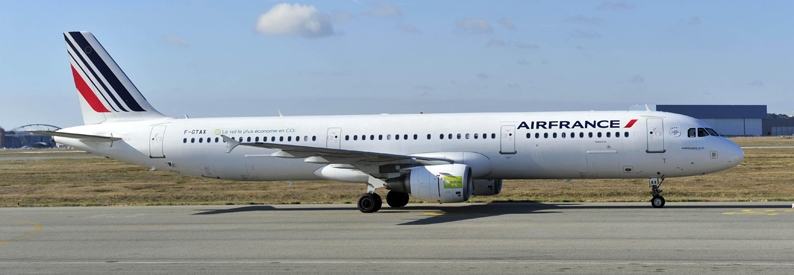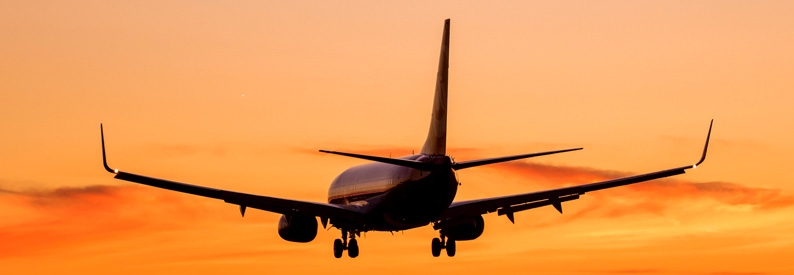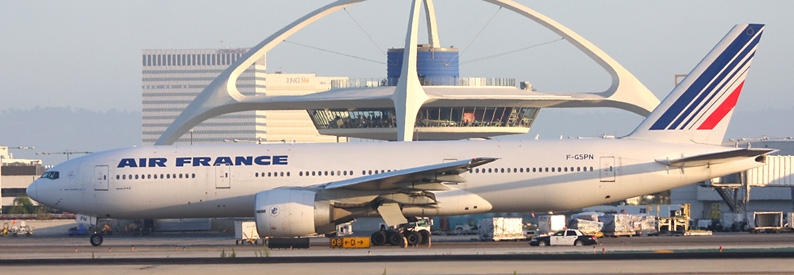Ryanair (FR, Dublin International) says it is seeking an injunction in the Irish High Court and in European courts to stop the Irish Aviation Authority (IAA) from capping seat capacity at Dublin International at 25.2 million seats for the summer 2025 scheduling season.
The budget carrier has also called for the resignations of Irish transport minister Eamon Ryan and tourism minister Catherine Martin, saying the cap will reduce available seats by more than one million for the 2025 summer scheduling season, which runs from March 30 to October 25, 2025. In a strongly-worded statement, the budget carrier said the cap would be unnecessary if the transport minister were to approve all airline slot requests for winter 2024 and summer 2025.
The IAA said the cap was in line with a 32 million passengers per annum planning condition constraint imposed by An Bord Pleanála, the Irish independent body that decides on appeals from planning decisions made by local authorities. "In 2007, An Bord Pleanála imposed a planning condition on daa’s development of Terminal 2 at Dublin Airport, which limits the combined capacity of Terminal 1 and Terminal 2 at Dublin Airport to a maximum of 32 million passengers per annum. This planning condition remains in existence, and is limiting the available slot capacity below the capacity of the physical infrastructure."
The IAA said it did not have the authority to change or revoke planning conditions, as these decisions fall under the jurisdiction of planning authorities like Fingal County Council. "If the 32 million planning condition was not a relevant constraint for summer 2025, the IAA would be declaring a significantly higher terminal and, therefore, airport capacity. Accordingly, this would facilitate all summer 2024 slot series, and anticipated growth and new entrants in the season, including ad hoc slots," it noted. The IAA said the cap was also in line with proposals put forward by daa, the operator of Dublin Airport, during deliberations of a coordination committee which included the airport and airlines using it.
According to the IAA, the cap represents the second scheduling season affected by planning conditions limiting passenger capacity at Dublin Airport to 32 million per year. For winter 2024, the seat cap is set at 14.4 million, resulting in a total capacity of 39.6 million seats across both seasons. This seat cap exceeds the passenger cap due to expected load factors and adjustments for transfer passengers.
Airport operator, daa, said while Dublin Airport wants to grow, cutting the seat capacity is "the only way to meet the planning condition". Still, CEO Kenny Jacobs, underscored the cap's financial consequences for Ireland. "We estimate the damage to the economy to be at least EUR500 million euros (USD435 million) increasing to EUR700 million (USD762 million) if we consider lost airfares too. There are also real consequences for airlines, people working at the airport and the travelling public, as well as knock-on impacts on tourism and jobs. This issue is no longer just an airport or a planning issue, it is now an Ireland issue. Lifting the passenger cap to 40 million passengers a year is in line with national aviation policy, the Fingal Development Plan and the Dublin Airport Local Area Plan. But while we wait for planning permission for this, we support the IAA’s decision to cut seats despite the consequences for Ireland."
However, Ryanair CEO Michael O’Leary claimed the cap was unlawful. "The Dublin Airport cap is in breach of the EU right to freedom of movement and is also in breach of the EU/US Open Skies Agreement. We have no doubt that this absurd 17-year-old restriction (which was solely designed to allay road traffic concerns that no longer exist) will be thrown out by the European courts," he said. He asserted the Irish authorities had already ignored the 2007 capacity restriction when they approved, in 2015, the construction of Dublin Airport’s second runway, which increased Dublin Airport’s capacity to 60 million passengers per year.








